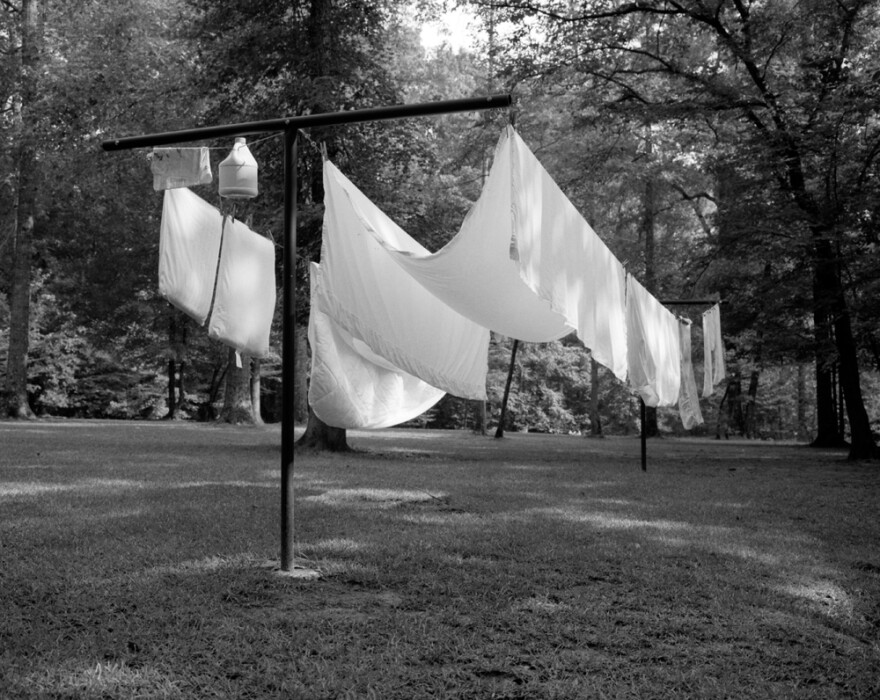The current issue ofOxford American magazine, known as "the Southern magazine of good writing," is nicknamed the "Visual South Issue." In its 100 under 100 list, the magazine identifies "the most talented and thrilling up-and-coming artists in the South." This week, we'll take a look at five of the photographers on that list.
Frank Hamrick controls the means of production: He shoots film. He develops it. He makes his own paper and prints. He works in series, and literally sews it all together in limited edition books. All by hand. There's an intense thoughtfulness, deliberateness and slowness to his work that you just don't see too often these days.
I mean, in response to a few casual questions, he sent me a four-page meditation. And I read every word of it.
"Chicken is chicken," he says, "but we all realize its taste will be affected by whether we fry it, broil it, bake it, grill it or microwave it."
Like most photographers, Hamrick has digital cameras — even an iPhone. But the chicken analogy is one way to explain why he mostly uses a large, clunky camera. Perhaps the equivalent of a long marinade and slow roast. (Not necessarily better than a quick fry, but certainly more complex.)
Hamrick was born and raised in Georgia, and is now an assistant professor at Louisiana Tech University. He has spent most of his life in the south, with brief interludes in New Mexico, where he received his M.F.A., and in Italy, where he taught a course. His photos are often about his immediate surroundings: family, friends, home, his garden.
"Leaving the South for a while to live in different places helped me better understand who I am as a person and what it means to be from the South," he says.
"Although," he continues, "I am not sure what being labeled a 'Southern artist' tells anyone, other than the fact that I am from and live in the South. [It] can generate more questions than answers."


But he's clearly OK with ambiguity. I mean, look at the photos. What do you get out of them?
"My photographs are not necessarily created to illustrate or provide answers," Hamrick says.
"If anything, I would like for my images to generate more questions. I do not see them as endpoints, but rather starting places where I give viewers ideas to ponder and allow room for their imagination to create the rest of the story."
Hamrick was nominated for the the magazine's list by Jim Sherraden of the famous Nashville letterpress studio Hatch Show Print — where Hamrick spent a few weeks in 2007. That's another thing Hamrick does: his own letterpress printing. That's the gravy on the chicken.
See more on his website.
( See Part I: Unseen Scenes Of Guantanamo)
Copyright 2020 NPR. To see more, visit https://www.npr.org.


